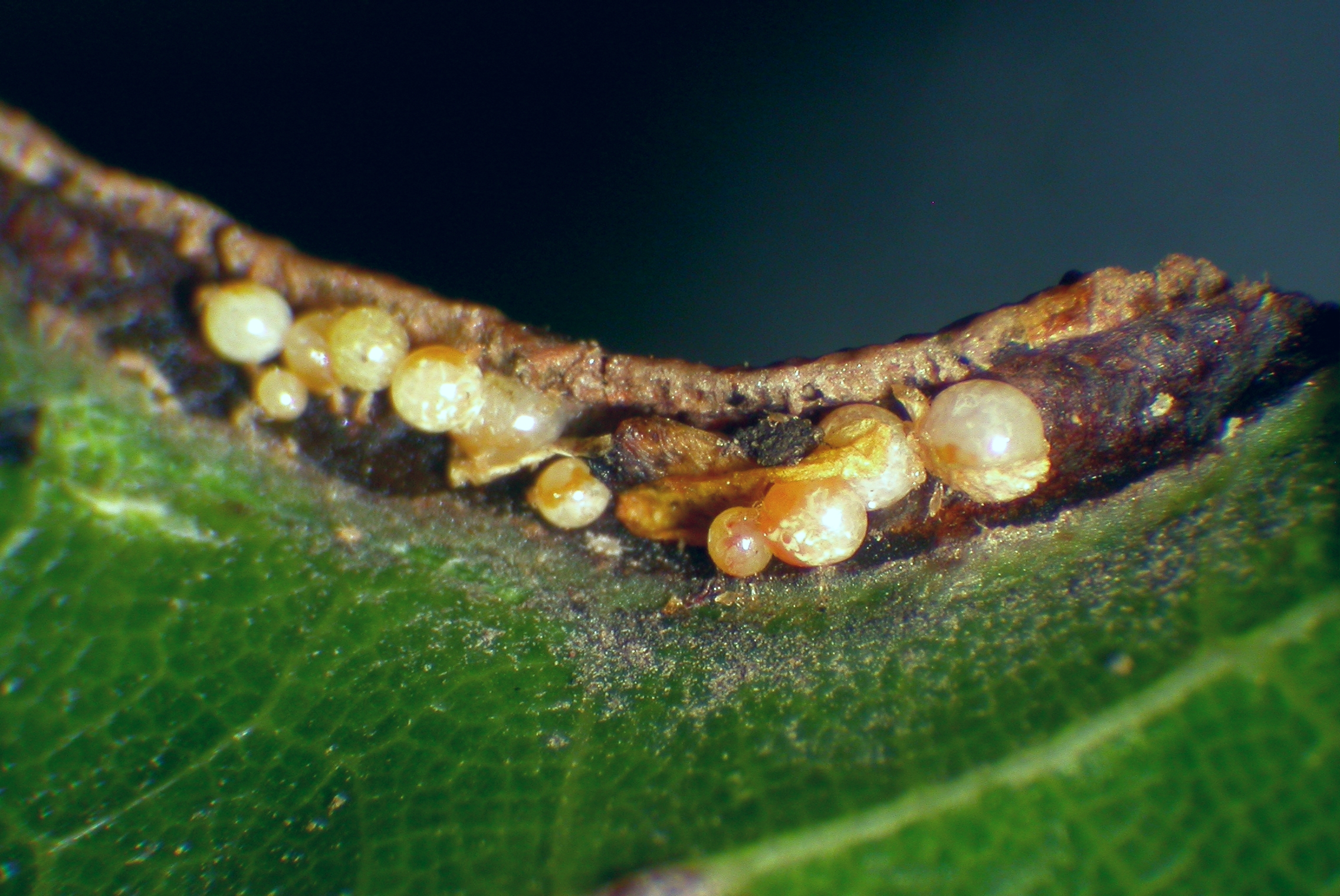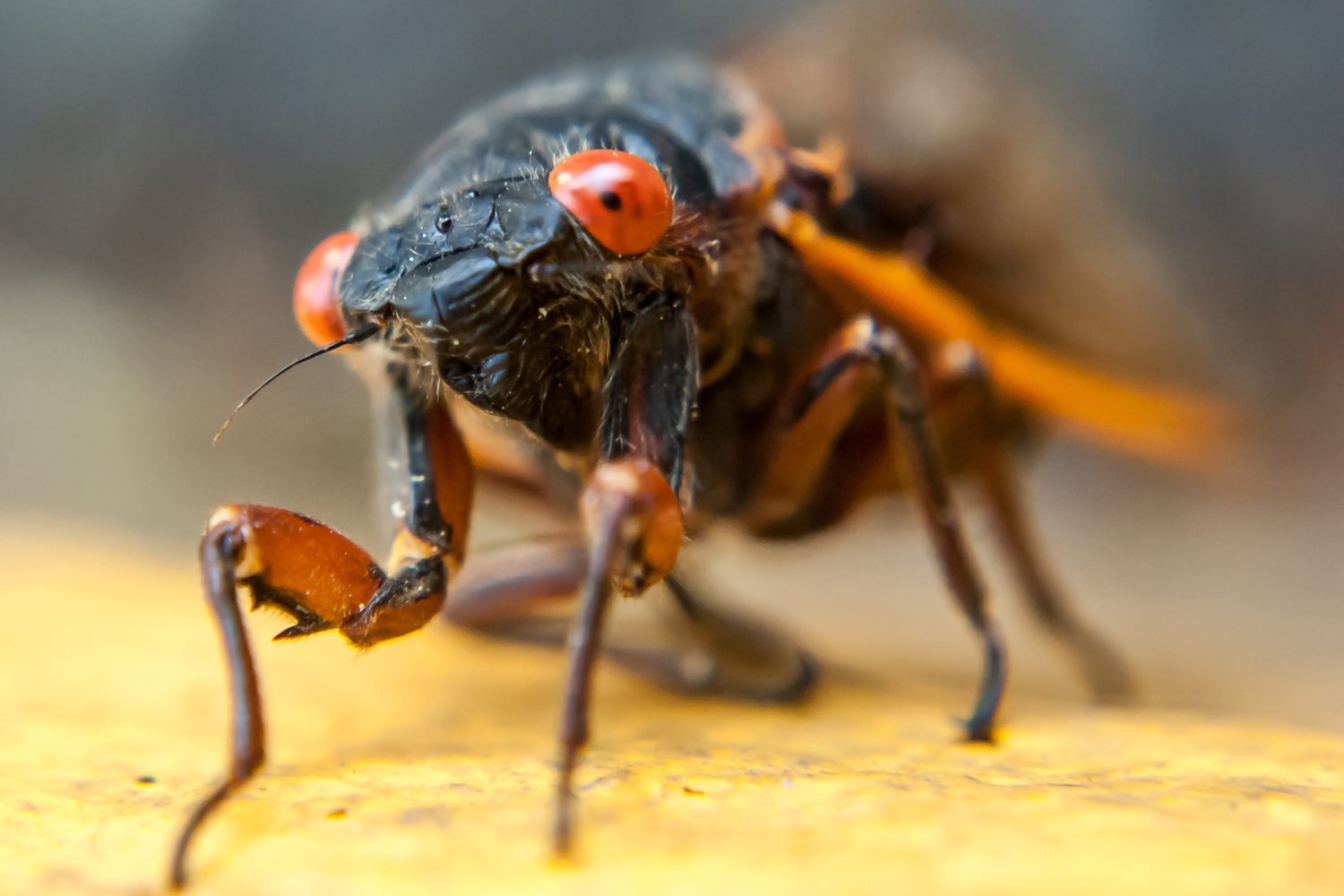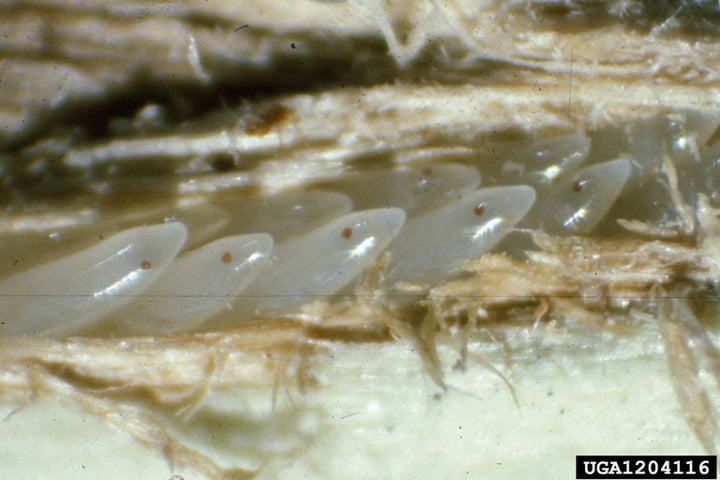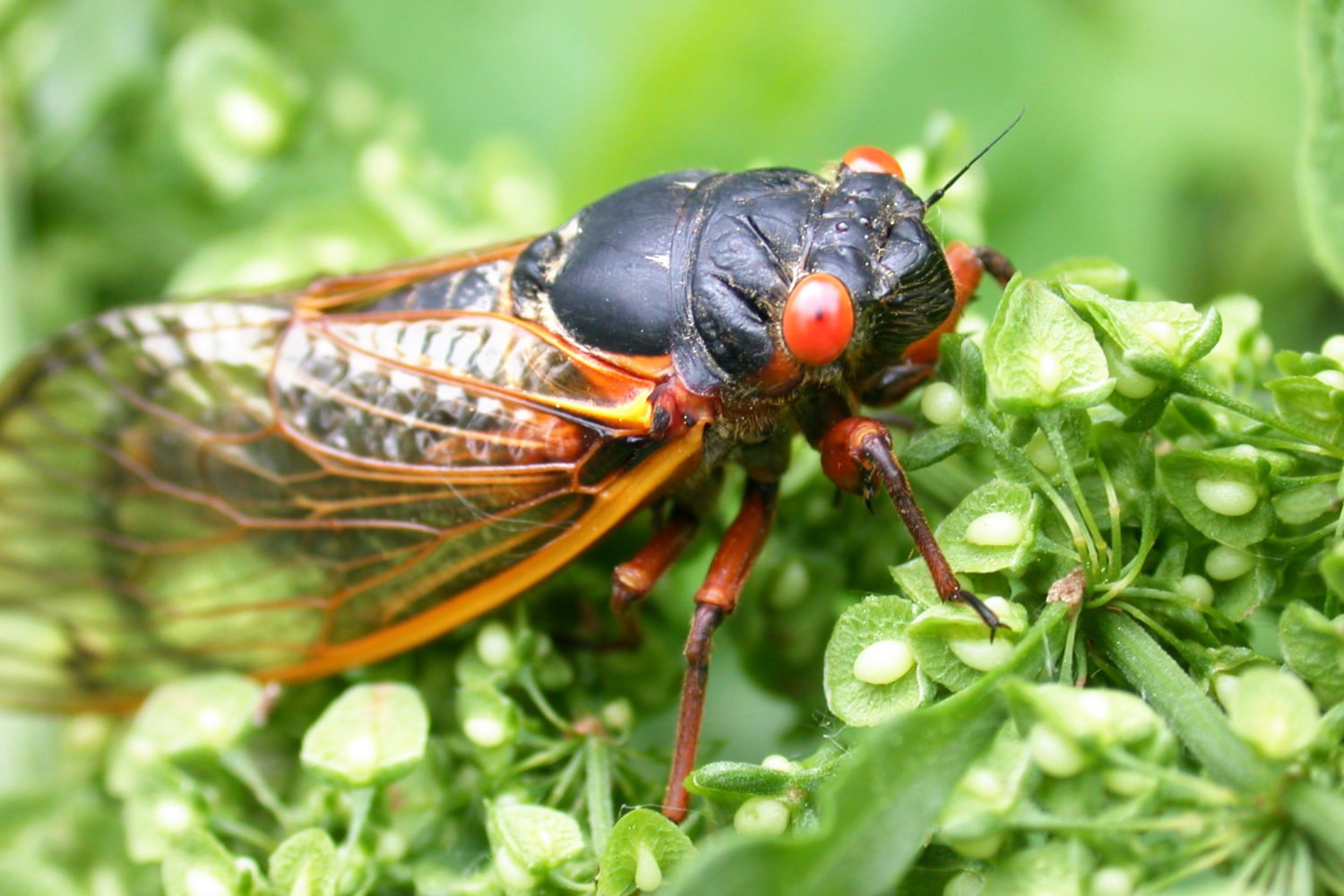Bad news, Washington! There’s another new, invasive critter making people crazy, and this one might be even grosser than the cicadas.
City and suburban Facebook groups and Nextdoor are, um, crawling with photos of the mass destruction the mysterious creatures are inflicting on their juicy flesh, as posters to the forums desperately try to crowdsource the culprit.
“Omg I have another one under my chin and it’s hot and swollen and making me look like I have a huge double chin. Lovely,” one user wrote.
“Omg I had this. In my shirt (under my bleeping bra band). I felt it fly in and get trapped,” another shared.
The bites look like extra-super painful pimples:
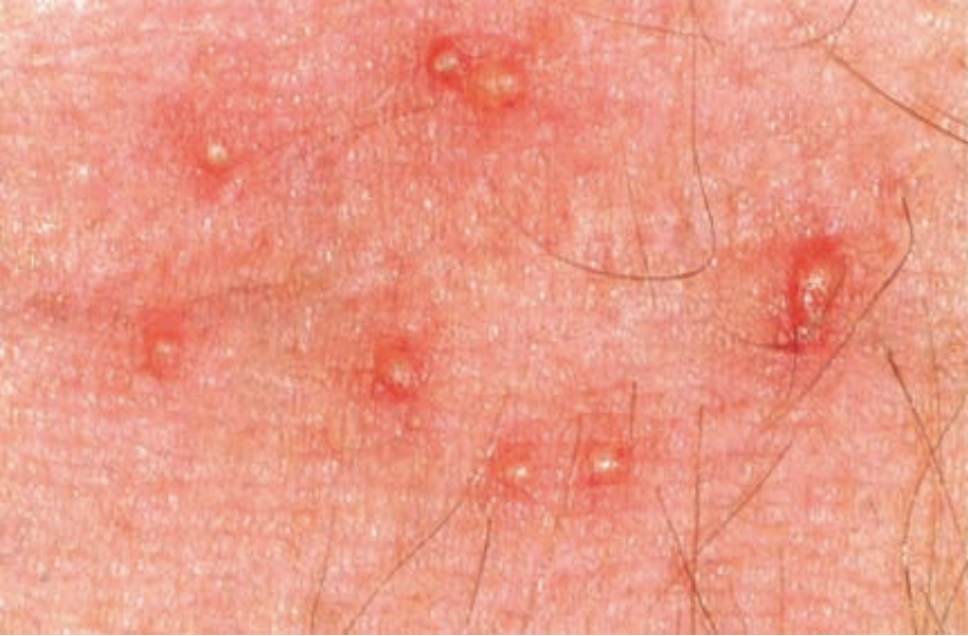
And people are extra-super miserable about the bugs going to town on their extremities like they’re at an Olive Garden buffet.
“The itch intensity is worse than poison ivy – enough to keep me up at night.”
“I have SEVEN of these and they are making me CRAZY. I didn’t notice any bugs around.”
“I’ve got two on my back near my shoulders. Intense itching for days. Misery loves company. Sorry you all are it.”
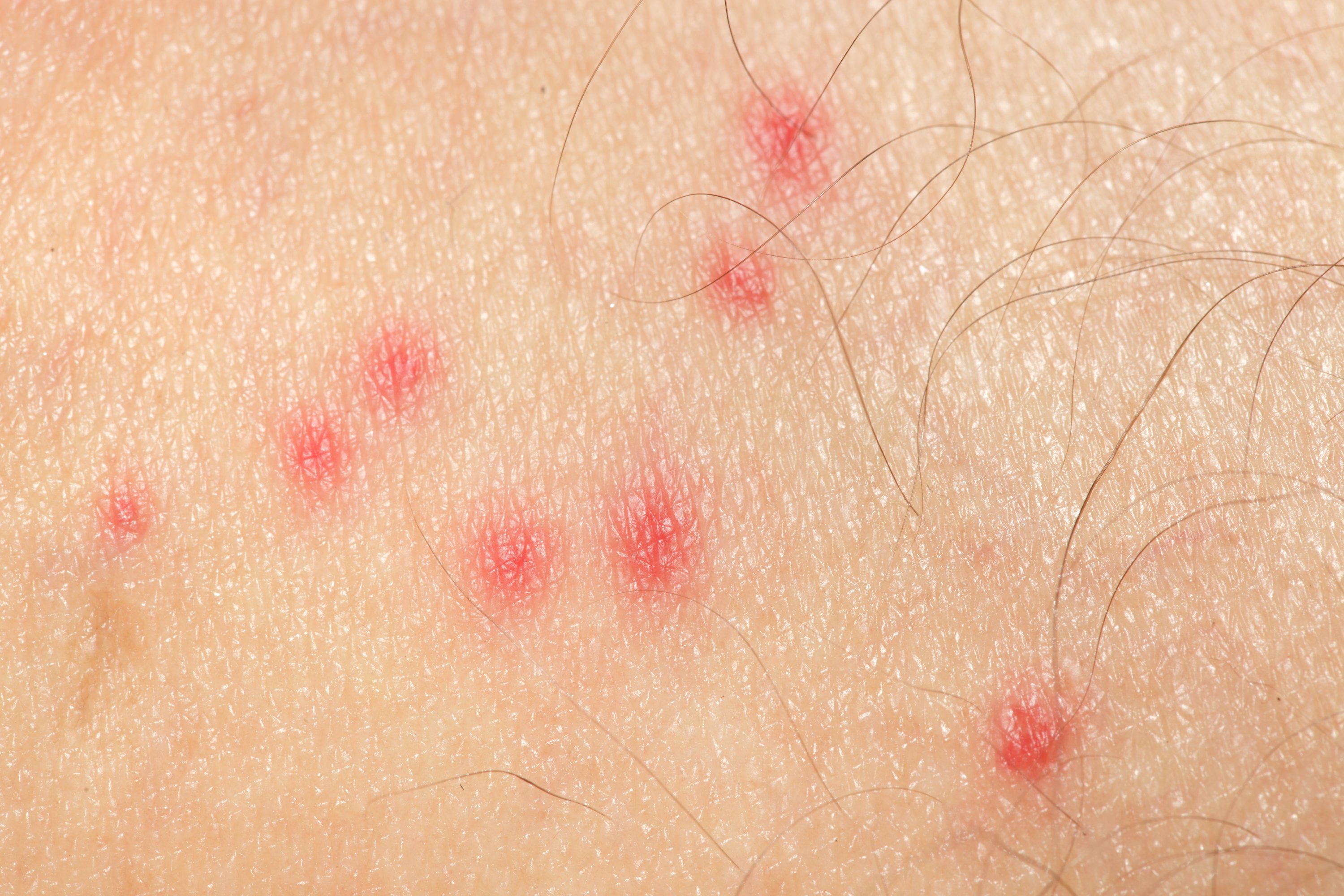
The working theory: It’s the latest episode in our Brood X saga. No, the noisy buggers themselves are not back, but the billions—billions!—of juveniles they left behind apparently make perfect food for oak leaf itch mites.
That’s this guy:
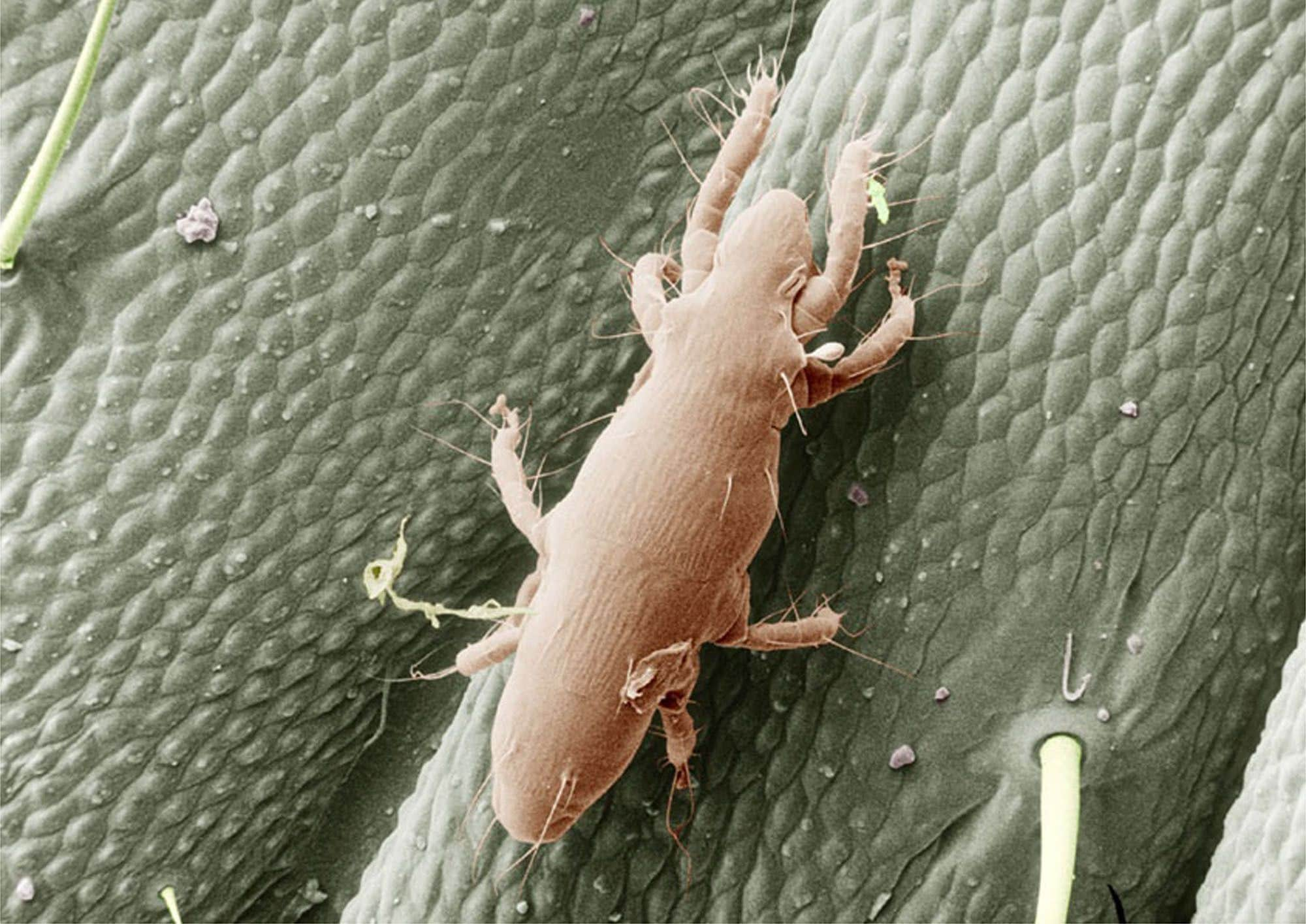
If you’re under or near oak trees, which are among the most common trees in DC, the mites can fall on you. And you won’t even know it.
“I want to let people know they’re not crazy,” Gene Kritsky, the dean of behavioral and natural sciences at Mount St. Joseph University in Cincinnati, told the Washington Post. “It’s a phenomenon related to cicadas being there, and it will dissipate. And eventually you won’t have it next year, because the cicadas will not be emerging.”
The bugs are 0.2 millimeters—or 1/125 of an inch—big. Super small. You can’t possibly be on the lookout for them, nor will you know you were bitten until at least 10 hours later, according to observational information from when the cicadas last emerged in the early 2000s.
I regret to tell you that previous research also says these invisible slayers hang around through late fall.
On a brighter note, the online forums do have some unofficial treatment advice: Benadryl, Cortisone, warm compresses, and even keeping a scented dryer sheet on as an insect repellent when you’re outside are things that have helped others.
So, in summary, just one more wretched thing to be aware of this summer. Wasn’t 2021 supposed to be better?
